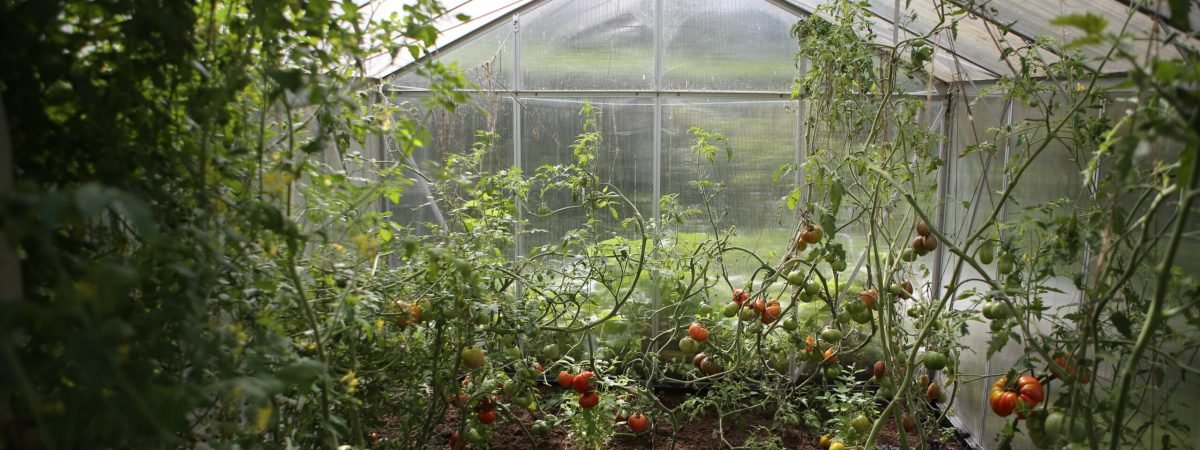Introduction
Having fresh herbs at your fingertips can elevate your cooking to a whole new level. Growing your own herbs in a kitchen garden is not only rewarding but also a cost-effective way to ensure a constant supply of flavorful ingredients. Whether you have a spacious backyard or a small balcony, creating a kitchen garden is easier than you think.
Choosing the Right Herbs
When it comes to choosing herbs for your kitchen garden, consider your cooking preferences and the herbs that you use most frequently. Some popular choices include basil, rosemary, thyme, parsley, mint, and cilantro. These herbs are versatile and can be used in a wide range of dishes.
Preparing the Soil
Before you start planting, it’s important to prepare the soil properly. Herbs prefer well-draining soil, so make sure to add compost or organic matter to improve the soil’s texture. Remove any weeds or debris and loosen the soil with a garden fork or tiller.
Planting and Caring for Your Herbs
Once your soil is ready, it’s time to plant your herbs. Most herbs can be grown from seeds or purchased as young plants from a local nursery. Follow the instructions on the seed packet or plant label for the specific herb you are growing.
When planting, make sure to space your herbs properly to allow for air circulation and prevent overcrowding. Water your herbs regularly, but avoid overwatering as it can lead to root rot. Herbs generally prefer full sun, so choose a sunny spot for your kitchen garden.
Harvesting and Using Your Herbs
As your herbs grow, you can start harvesting them for culinary use. Harvesting herbs regularly promotes bushier growth and ensures a continuous supply of fresh leaves. When harvesting, make sure to only remove a few stems or leaves at a time to avoid stunting the plant’s growth.
There are various ways to use your homegrown herbs in the kitchen. Fresh herbs can be added to salads, soups, sauces, marinades, and even cocktails. You can also dry or freeze herbs for later use. To dry herbs, hang them upside down in a cool, well-ventilated area until they are completely dry. Store them in airtight containers to maintain their flavor.
Troubleshooting Common Issues
While growing herbs is generally easy, you may encounter some common issues along the way. Pests like aphids, slugs, and snails can damage your herbs. To prevent pest infestations, keep your garden clean and remove any dead leaves or debris. You can also use organic pest control methods like neem oil or insecticidal soap.
Another common issue is overwatering or underwatering your herbs. Make sure to water your herbs consistently and adjust the watering schedule based on the weather conditions. If you notice yellowing leaves or wilting, it may be a sign of overwatering or underwatering.
Conclusion
Growing your own herbs in a kitchen garden is a rewarding and enjoyable experience. Not only does it provide you with a fresh supply of flavorful ingredients, but it also adds beauty to your outdoor space. With a little bit of planning and care, you can have a thriving kitchen garden that will enhance your cooking for years to come.















